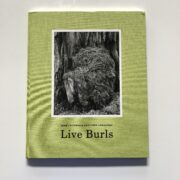The Art of the Personal Project is a crucial element to let potential buyers see how you think creatively on your own. I am drawn to personal projects that have an interesting vision or that show something I have never seen before. In this thread, I’ll include a link to each personal project with the artist statement so you can see more of the project. Please note: This thread is not affiliated with any company; I’m just featuring projects that I find. Please DO NOT send me your work. I do not take submissions.
Today’s featured artist: Fernando Decillis
The project started out as a personal project. When a close relative of mine passed away, my sisters, father, and I accompanied her husband to return her ashes to her homeland in southeast Alaska. I am Kaigani Haida and had been studying the art intensely at the time when she passed. I proposed this project to Fernando and he said something like, “if you can get the artists, you know I’ll make the pictures.” So, I started reaching out to people to see who might be interested. At that point, we were just thinking that it was going to be a portrait project and we’d make some nice pictures for the artists to have of their practice. After I had a few very well-known artists and the support of the Totem Heritage Center and Sealaska Heritage Institute, I reached out to Jeff Campagna at Smithsonian Magazine. Fernando had worked with him a couple of times before, and it seemed like a great fit. He seemed interested, and of course, it’s an organization, so there was a process. We were thrilled when they eventually said they wanted to pick up the story.
Covid-19 presented some challenges that made it impossible to see some of the artists that helped me the most on the research end. David R. Boxley and Kandi McGilton are two artists that are doing amazing work in Metlakatla. Hopefully we get to see them next time! We are really happy with how the project turned out. The captions that are included were published in the magazine, I worked closely with them to write them.
Among the indigenous nations of Southeast Alaska, there is a concept known in Haida as Íitl’ Kuníisii—a timeless call to live in a way that not only honors one’s ancestors but takes care to be responsible to future generations.
The traditional arts of the Haida, Tlingit and Tsimshian people are integral to that bond, honoring families, clans, and animal and supernatural beings, and telling oral histories through totem poles, ceremonial clothing and blankets, hand-carved household items and other objects. In recent decades, native artisans have revived practices that stretch back thousands of years, part of a larger movement to counter threats to their cultural sovereignty and resist estrangement from their heritage.
They use materials found in the Pacific rainforest and along the coast: red cedar, yellow cedar, spruce roots, seashells, animal skins, wool, horns, rock. They have become master printmakers, producing bold-colored figurative designs in the distinctive style known as “formline,” which prescribes the placement of lines, shapes and colors. Formline is a visual language of balance, movement, storytelling, ceremony, legacy and legend, and through it, these artisans bring the traditions of their rich cultures into the present and ensure their place in the future.
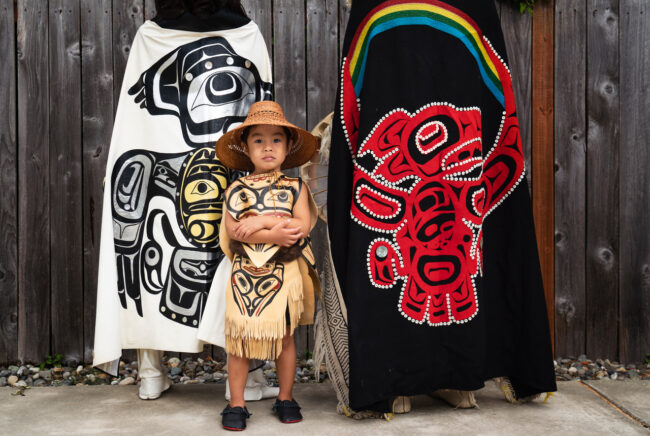
David A. Boxley and Michelle Boxley pose with their grandson, Sage in regalia. The regalia they are wearing was designed by David and made by Michelle. They are part of a dance group called Git Hoan that has traveled internationally performing traditional dance and song from Northwest Coast tribes.
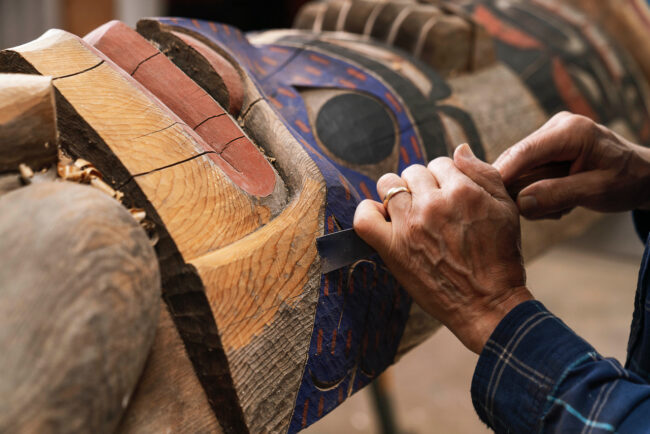
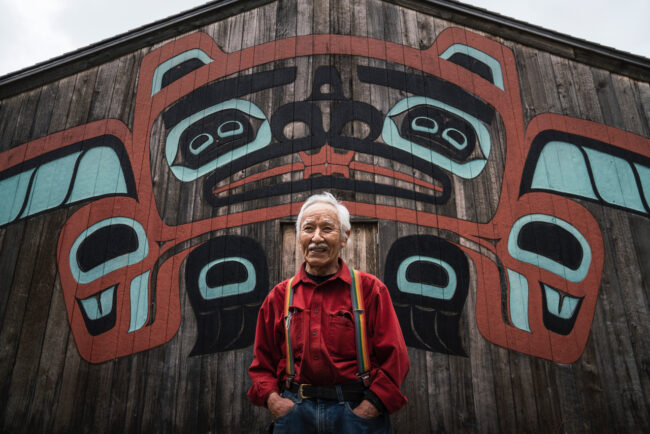

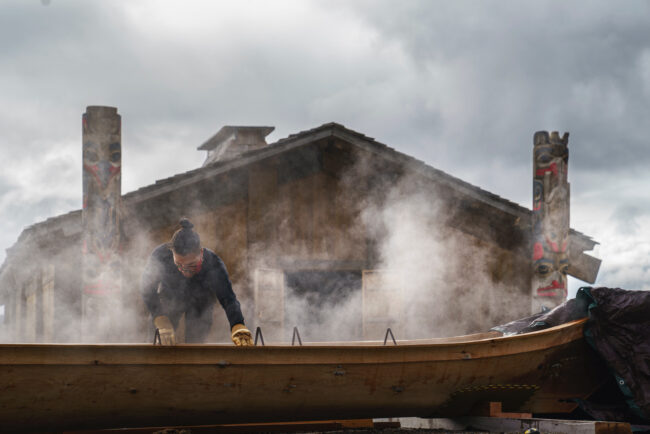
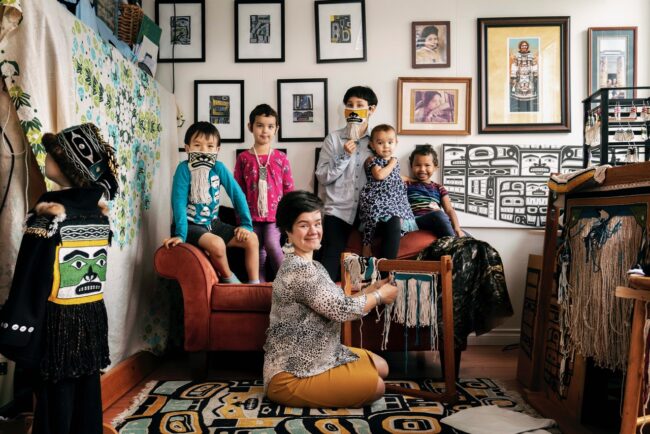
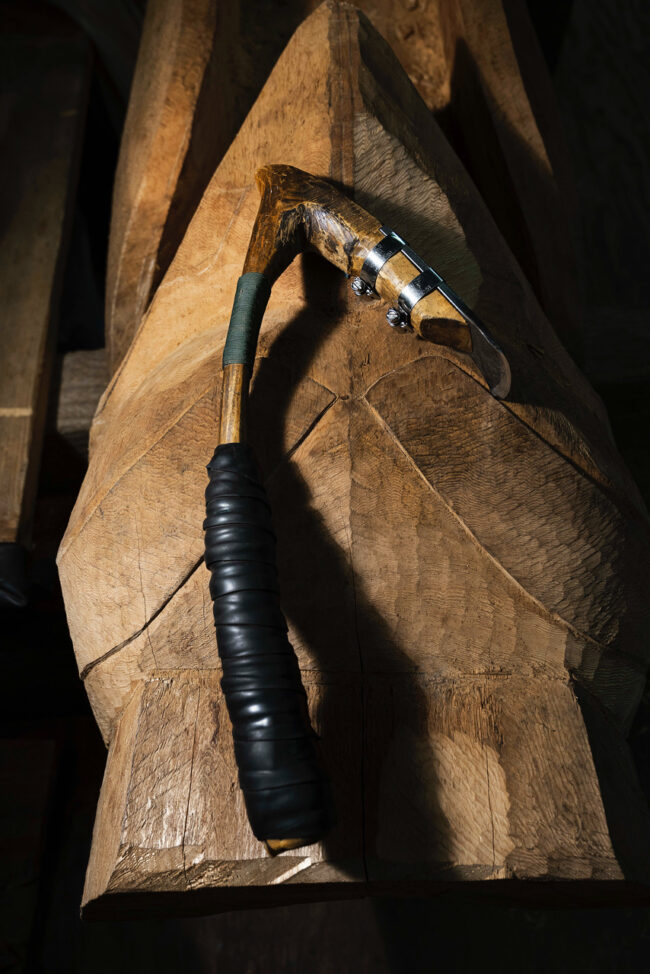
To see more of this project, click here. Or on Fernando’s website
APE contributor Suzanne Sease currently works as a consultant for photographers and illustrators around the world. She has been involved in the photography and illustration industry since the mid 80s. After establishing the art buying department at The Martin Agency, then working for Kaplan-Thaler, Capital One, Best Buy and numerous smaller agencies and companies, she decided to be a consultant in 1999. She has a new Twitter feed with helpful marketing information because she believes that marketing should be driven by brand and not by specialty. Follow her at @SuzanneSease. Instagram
Success is more than a matter of your talent. It’s also a matter of doing a better job presenting it. And that is what I do with decades of agency and in-house experience.
